Xstance Orthotic Insoles
$29.99 Original price was: $29.99.$16.99Current price is: $16.99.
Arch Support Insoles
Material: Velvet fabric + Elastic PU foam + Soft gel cushioning
Recommended for: Flat feet, overpronation, prolonged standing, heel/arch strain
Features:
Breathable & moisture-wicking
Shock-absorbing comfort
Durable wear resistance
Biomechanical foot correction
Orthotic Insoles: Recommended Users & Compatible Footwear
Benefits of Arch Support Insoles vs. Consequences of Not Wearing Them
Key Benefits of Arch Support Insoles
Corrects Biomechanical Alignment
Reduces abnormal pressure distribution caused by flat feet/high arches
Improves gait for overpronation (excessive inward rolling) or supination (outward rolling)
Relieves Pain & Fatigue
Alleviates discomfort from plantar fasciitis and Achilles tendonitis
Lowers risk of compensatory strain on knees/lower back (especially for those who stand long hours or engage in sports)
Enhances Athletic Performance
Provides better shock absorption (protects joints during running/jumping)
Optimizes energy return (reduces unnecessary muscle exertion)
Prevents Long-Term Damage
Slows arch collapse progression (particularly in adolescents with flat feet)
Avoids worsening of bow legs/knock knees due to misalignment
Potential Consequences of Not Wearing Arch Support
Short-Term Effects
Increased heel/arch pain (especially “first-step” morning pain)
Overworked calf muscles (higher risk of cramps/soreness)
Long-Term Risks
Accelerated arch collapse (worsening flat feet)
Knee joint wear (increased pressure on meniscus/cartilage)
Compensatory lumbar curvature (poor gait affects spine alignment)
Sports Injuries
Higher ankle sprain risk (reduced stability from lack of arch support)
Stress fractures (repetitive impact concentration)
Real-Life Comparison:
With insoles: Marathon runners show even pressure distribution & faster recovery
Without insoles: Office workers develop knee pain + lower back strain within 3 years
Recommendations:
Wear consistently for at least 6 months if foot issues exist
Choose footwear with proper arch height compatibility to avoid overcorrection
Ideal For
Foot Condition Correction
Flat feet / High arches (provides arch support, improves alignment)
Overpronation / Supination (controls excessive inward/outward rolling)
Achilles tendonitis / Plantar fasciitis sufferers (redistributes pressure)
Leg length discrepancy (balances gait differences)
Occupational/Activity Needs
Prolonged standing jobs (teachers, nurses, retail workers)
Sports enthusiasts (running, basketball & high-impact activities)
Heavier individuals (enhanced cushioning for joint protection)
Post-Surgical Recovery
Post-foot surgery rehabilitation (e.g., bunion correction)
Footwear Compatibility
Daily Wear
Athletic shoes (running/training shoes with arch space)
Dress shoes/work boots (removable insole models preferred)
Boots (wide-toe box designs accommodate better)
Specialty Footwear
Orthopedic/diabetic shoes (use under medical guidance)
Custom sports shoes (e.g., ASICS KAYANO, Brooks Adrenaline stability shoes)
Not Recommended For
Ultra-thin flats (e.g., ballet flats)
High heels (over 3cm alters biomechanics)
Fixed-insole performance shoes (some racing shoes)
| EU Size | 35-37, 38-40, 41-43, 44-46, 47-49 |
|---|


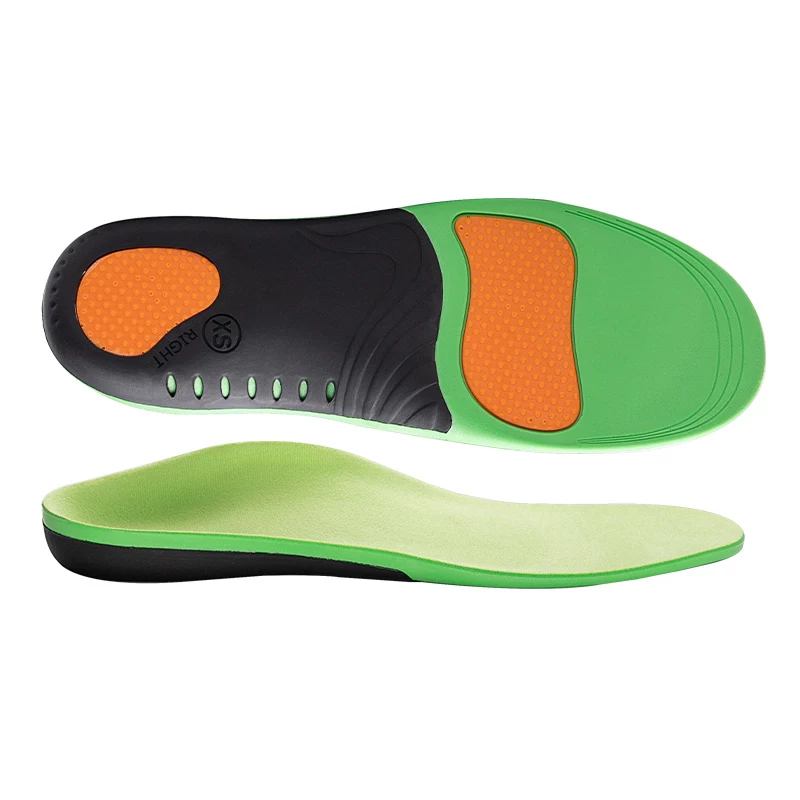
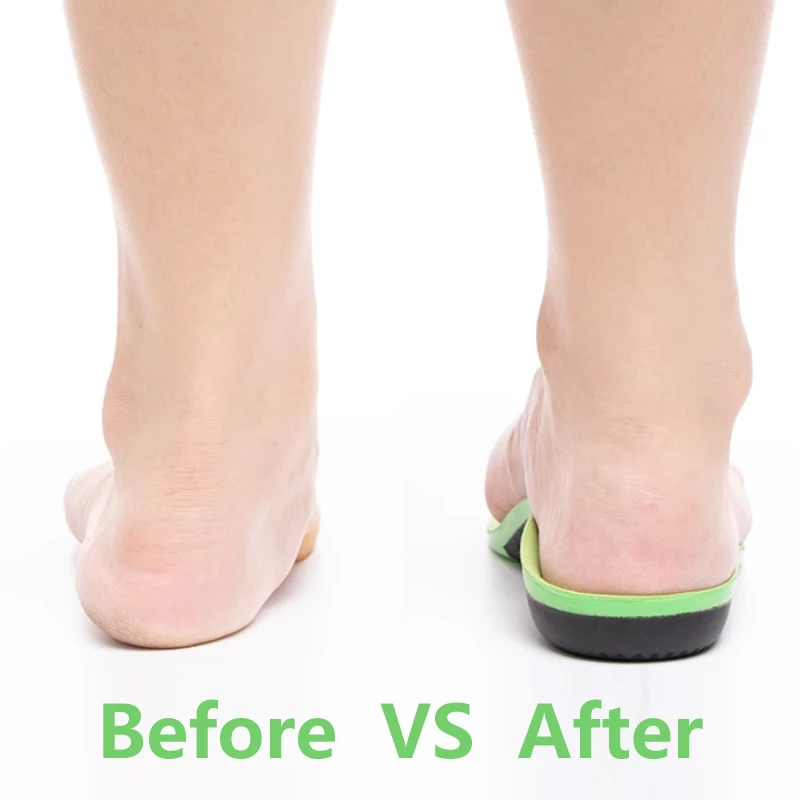
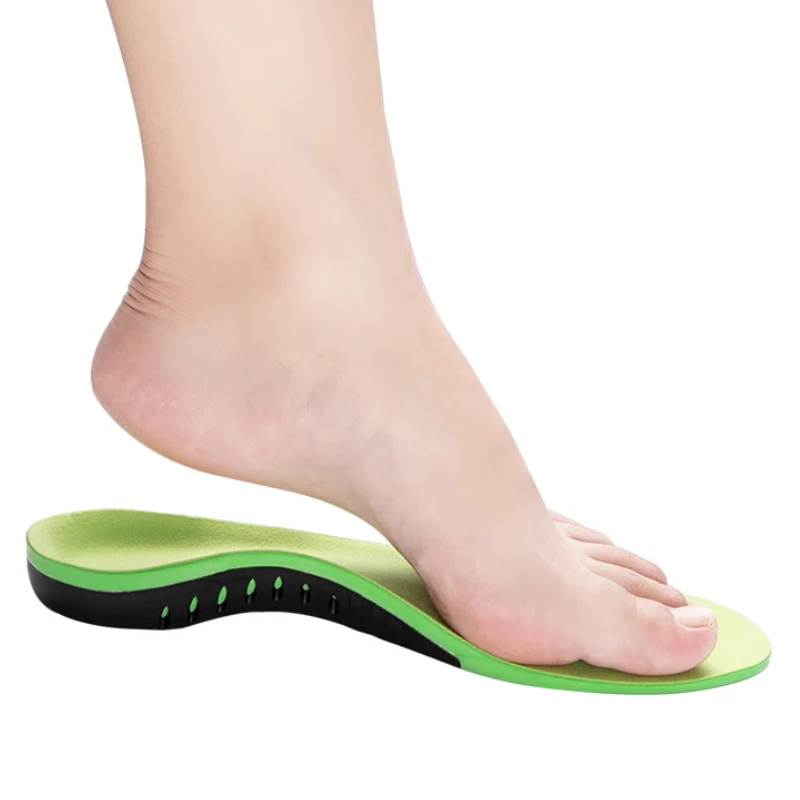
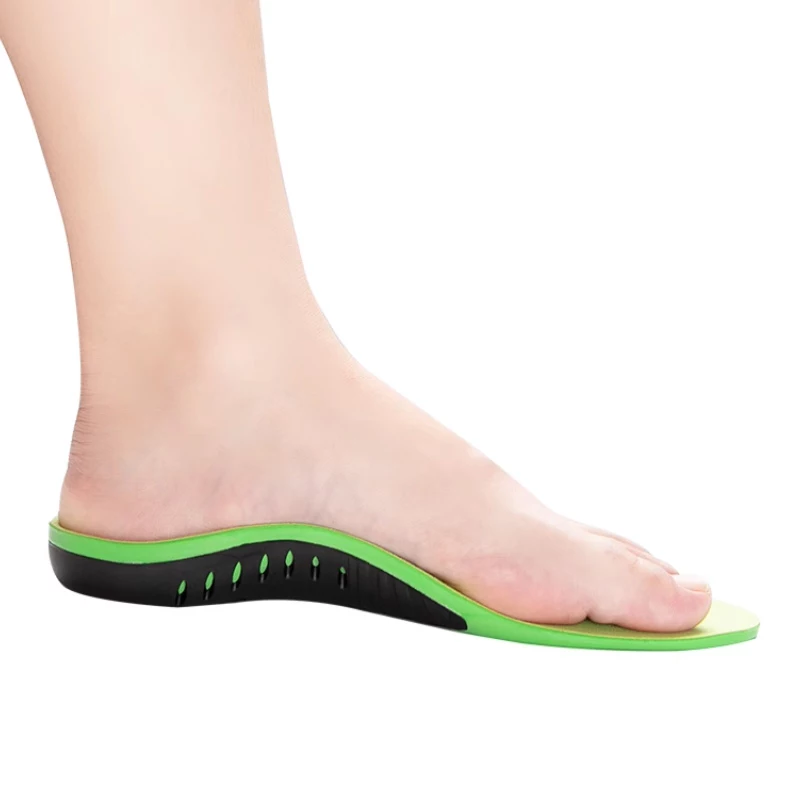
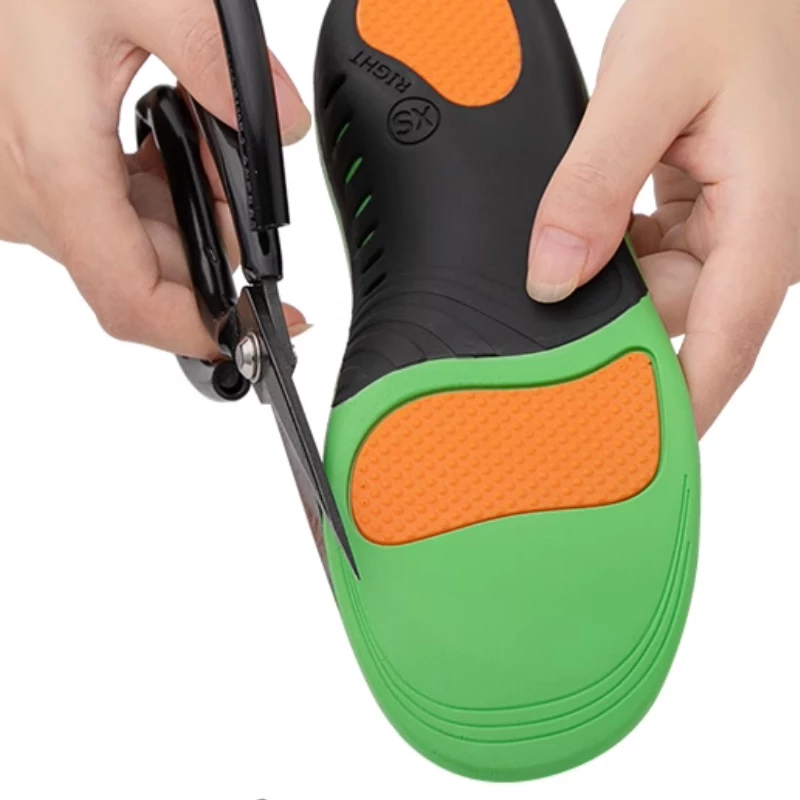

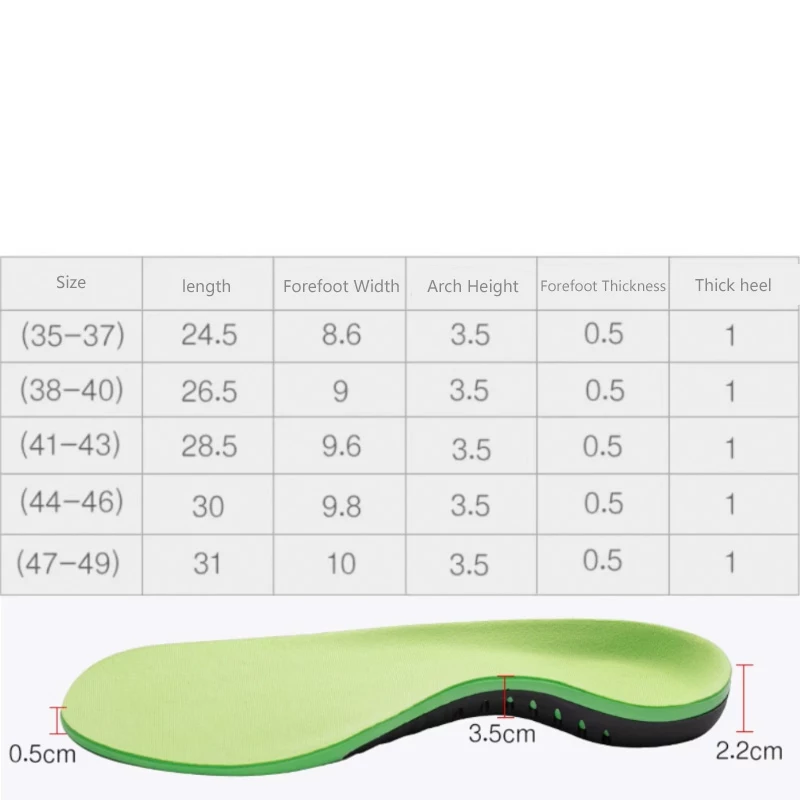
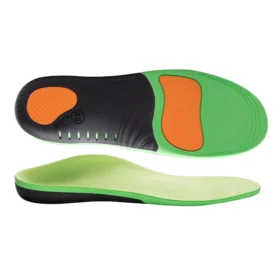
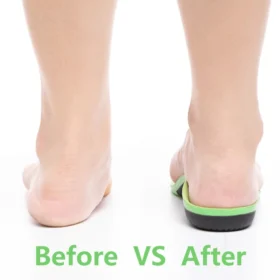

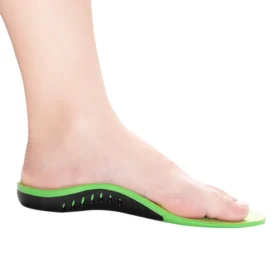
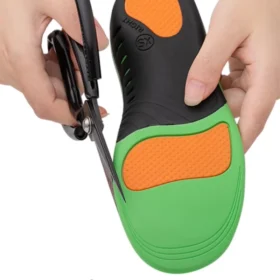
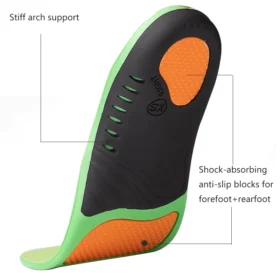
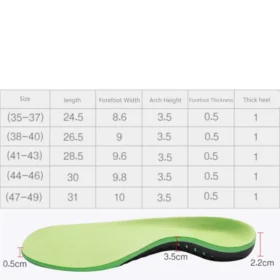
Reviews
There are no reviews yet.